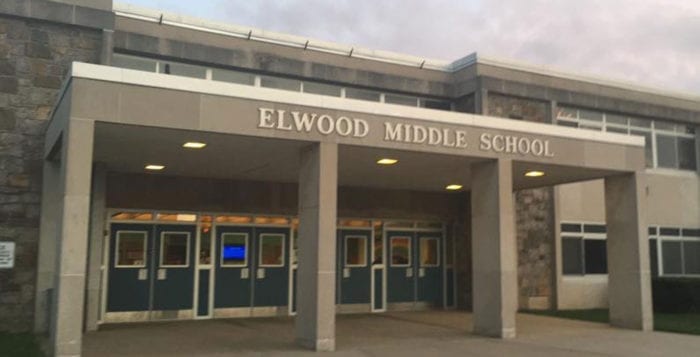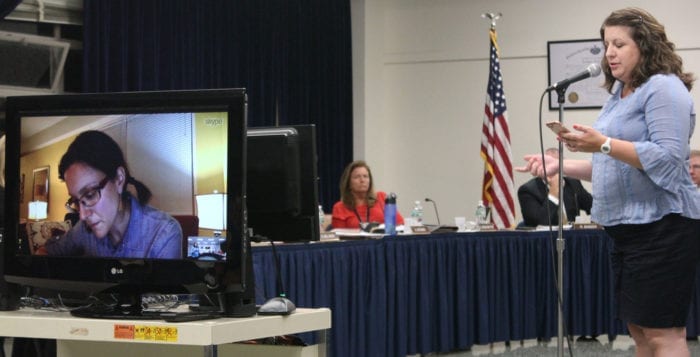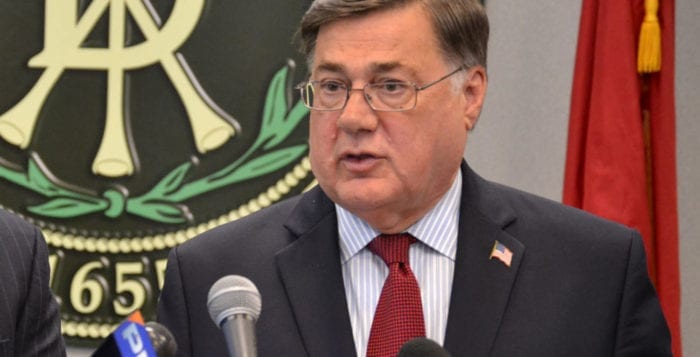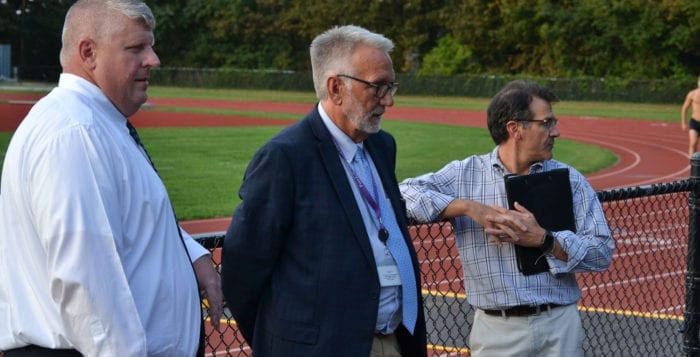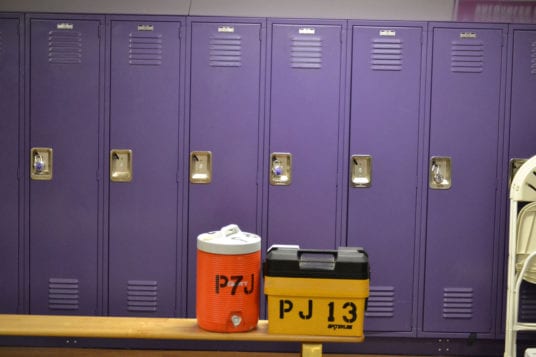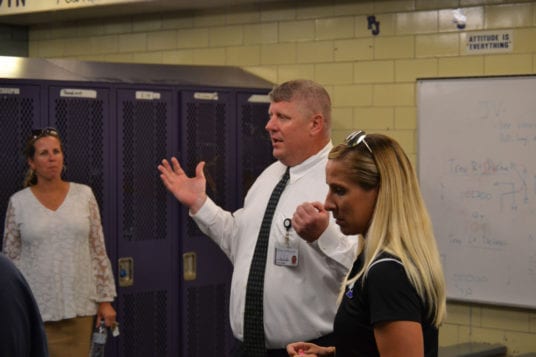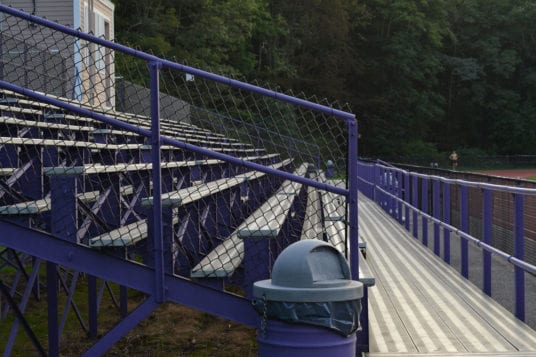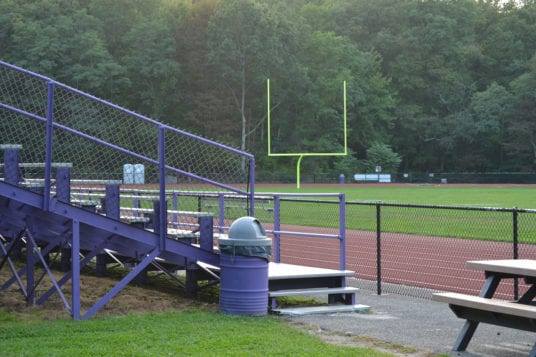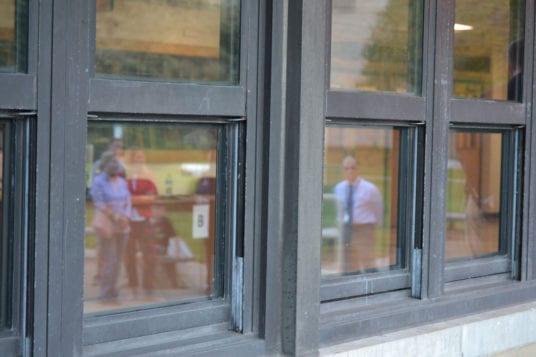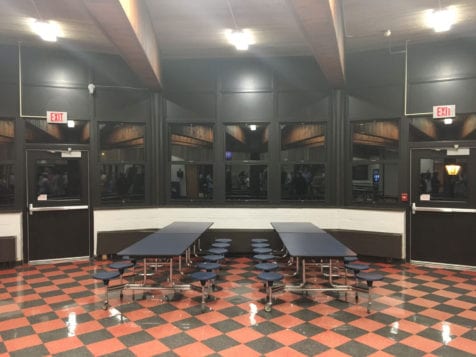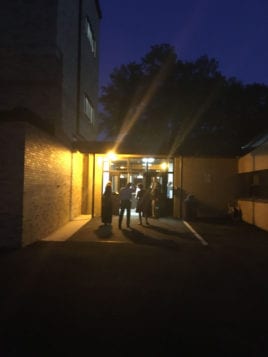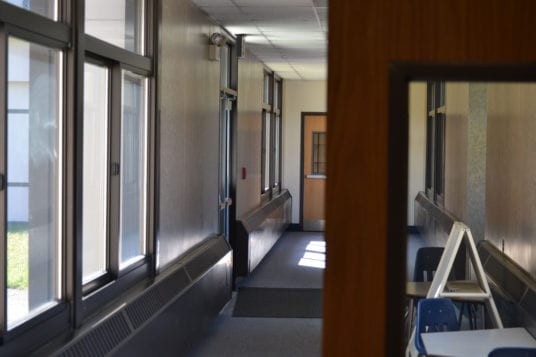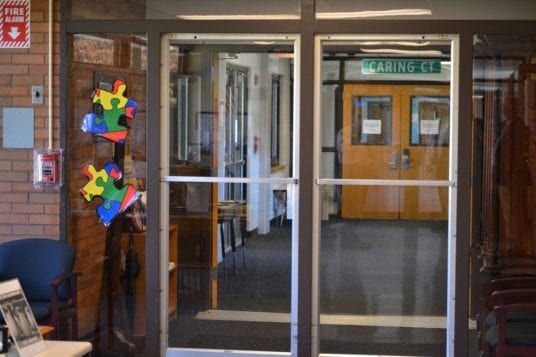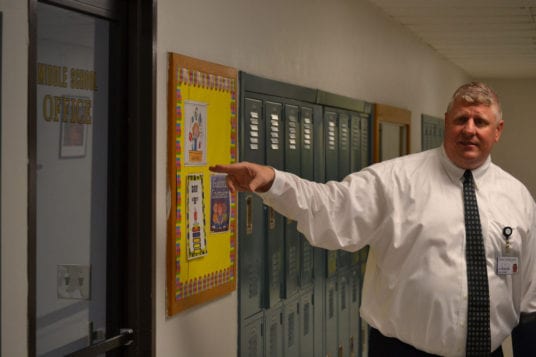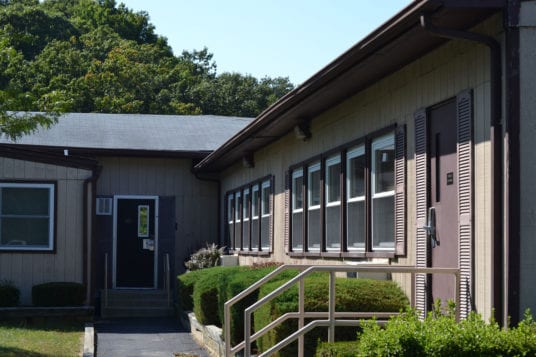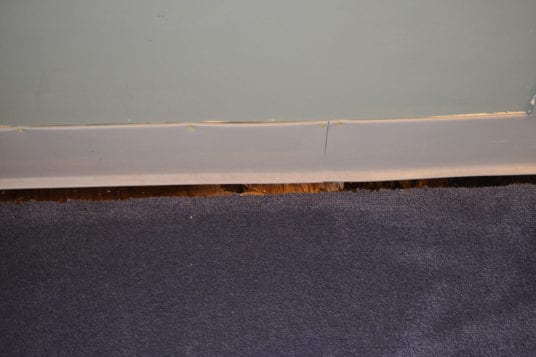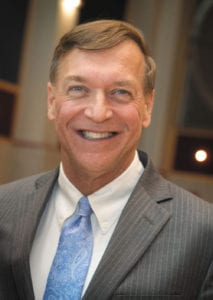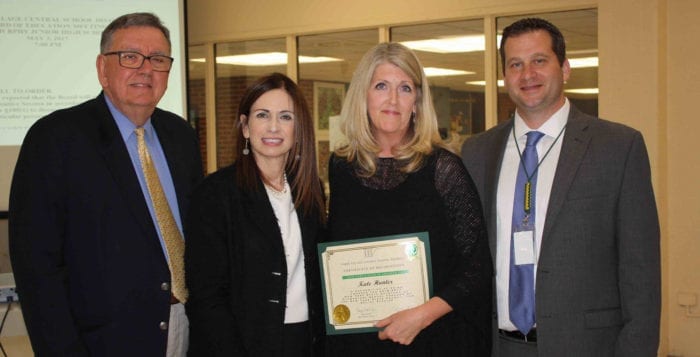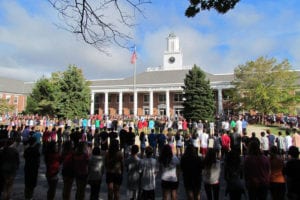Bob Szymanski and Paul Koretzki are used to winning together. With a combined 72 years and more than 100 seasons as cross-country, winter track and spring track and field coaches at Shoreham-Wading River High School, the dynamic duo has steered four decades of Wildcats toward victories and scholarships, and put the district on the map with a consistent winning record.
It’s no surprise the two veteran coaches — Szymanski, 70, the boys cross-country coach and Koretzki, 77, the girls cross-country coach — were recently recognized as coaches of the year by the New York State Public High School Athletic Association. While they take different approaches to the job, with Koretzki as a hard-nosed, numbers-based wiz and Szymanski cracking jokes and belting out Bobby Darin songs during practice, the pair work best together.

“I like to call them Abbott and Costello,” said Mark Passamonte, the school’s athletic director, during the district’s Sept. 12 board of education meeting. The coaches were recognized by board members for their accolade, which measured their number of years coaching, career records and status as positive role models within the school and community. They are now eligible for national coach of the year awards.
“I’ve worked with both of these gentlemen for the last four years and they are outstanding,” Passamonte said. “They bring such wisdom and great humor to the cross-country program.”
Koretzki and Szymanski joined forces this past winter and spring as head coach and assistant coach, respectively, and, as a result, the girls 4×1-mile relay team took home the national title for both seasons. The boys fall team, so far, under Szymanski’s leadership, boasts a 5-0 record, triumphant against Sayville and Mount Sinai at recent meets.
Koretzki started coaching girls cross-country at the school in 1980 and suggested to the district it hire Szymanski, who had coached in the Center Moriches and Amityville schools, a year later when a job opened for the boys team. The two have not had a single argument since they met in the 1970s.
“The only thing I have against Bobby is he beat me in a race once in 1976,” Koretzki joked at the podium before thanking the board. “It’s a very nice honor and not the kind of thing we expected.”
During an interview, Szymanski said of his career alongside Koretzki, “We’re meant to do this job together for some reason. We work so well, he and I. He can cover me and I can cover for him. Paul is one of the most organized guys, he’s tremendous.”
“If you make practice tougher than meets, then they’re not afraid when it comes to competing.”
— Bob Syzmanski
In terms of their coaching strategies, the pair said not much has changed over the years.
Szymanski, who broke running records in high school and was cross-country captain at what is now Emporia State University in Kansas, pointed to techniques he learned from his own coaches, including middle-distance legend John Camien, as his foundation. Among his go-to workouts is one that “breaks the pain barrier.”
“Running is 50 percent physical and 50 percent mental,” he said. “When you run, and you feel discomfort, that’s when some people quit. You have to make the kids break that pain barrier in practice. If you make practice tougher than meets, then they’re not afraid when it comes to
competing at meets.”
He speaks highly of his runners, and said the best members on the team are often those who join merely to get in shape for other sports like lacrosse and football. Many of them end up with college scholarships, such as Bobby Andrews, a baseball player who joined the team in his freshman year in 2006 and was captain by senior year. He got a full ride to North Carolina State University, for which he has Szymanski to thank.

“Without him, I never would have ran,” Andrews said. “He’s a great motivator. There’s something about him that just makes you want to perform your best. I had a great group of teammates around and we all felt the same way about him.”
Andrews and his teammates were also one of many packs of high schoolers over the years who have been introduced to the sounds of Bobby Darin through the coach, who considers himself a lifelong fanatic of the “Beyond the Sea” singer.
“In my lifetime, I must’ve given away over 50 Bobby Darin CD’s as I buy them as gifts for people,” Szymanski said with glee. He saw Darin in concert numerous times, has his fair share of signed albums and was even featured in a Biography Channel special on the singer. “When I’m in my car, going to school or a meet, I’m listening to Darin.”
Spending most of his career teaching math, in the Brentwood school district and at Suffolk County Community College, Koretzki didn’t start running until he was 33, encouraged by a friend of his who ran in a marathon.
“What I love most about the job are the kids,” Koretzki said. “Especially the ones who really dedicate themselves and see great improvement. Just seeing their faces or when they give a thumbs up after a race, that’s really nice.”
“What I love most about the job are the kids. Especially the ones who dedicate themselves.”
— Paul Koretzki
As a coach, he said he’s been running the same drills for 38 years. He’s been described as “very direct” and not one to sugarcoat a bad performance, as a way to help his runners better themselves. Alexandra Hays, an All-American who was among the national champions this past winter and spring, and currently runs at Columbia University, said she was able to achieve so much because of his tutelage.
She said her coach “pushed us to strive to exceed his expectations,” recalling a particular interaction after the team won the 4×1-mile in the nationals.
“He came up to me and told me how proud he was of us and he knew we would be able to pull off what we had because of how hard we’d worked in our practices,” said Hays, considering it his most meaningful post-race talk because it was her last. “He doesn’t give meaningless compliments or false reassurance, so to hear this after five years running for him was the best way to end my high school career.”
While Szymanski said he would like to retire after 50 years as a public high school coach, with 48 under his belt at this point, Koretzki doesn’t plan on leaving anytime soon.
“I have nothing else to do,” Koretzki said with a laugh. “I’m not interested in soap operas so I might as well keep going.”


